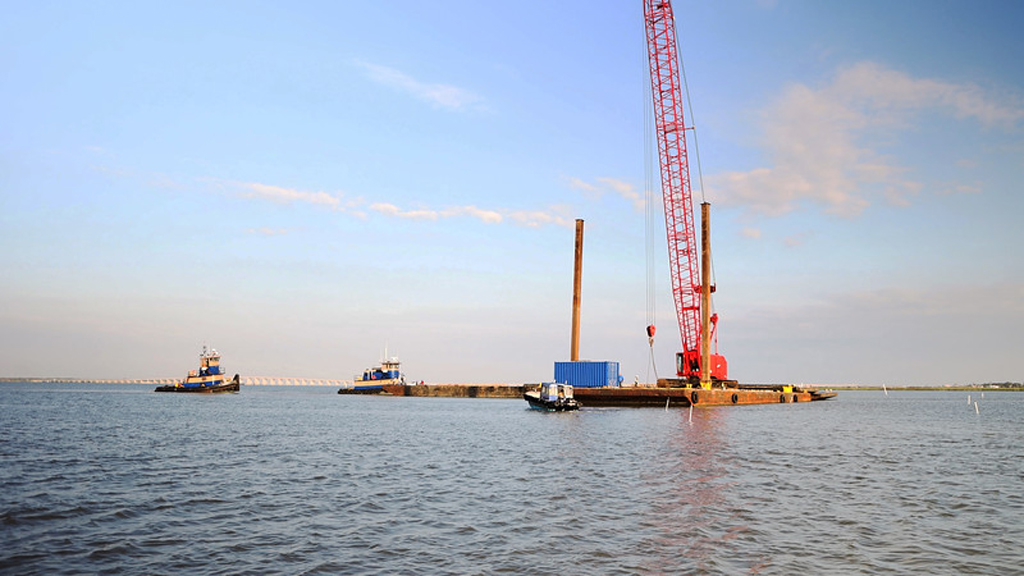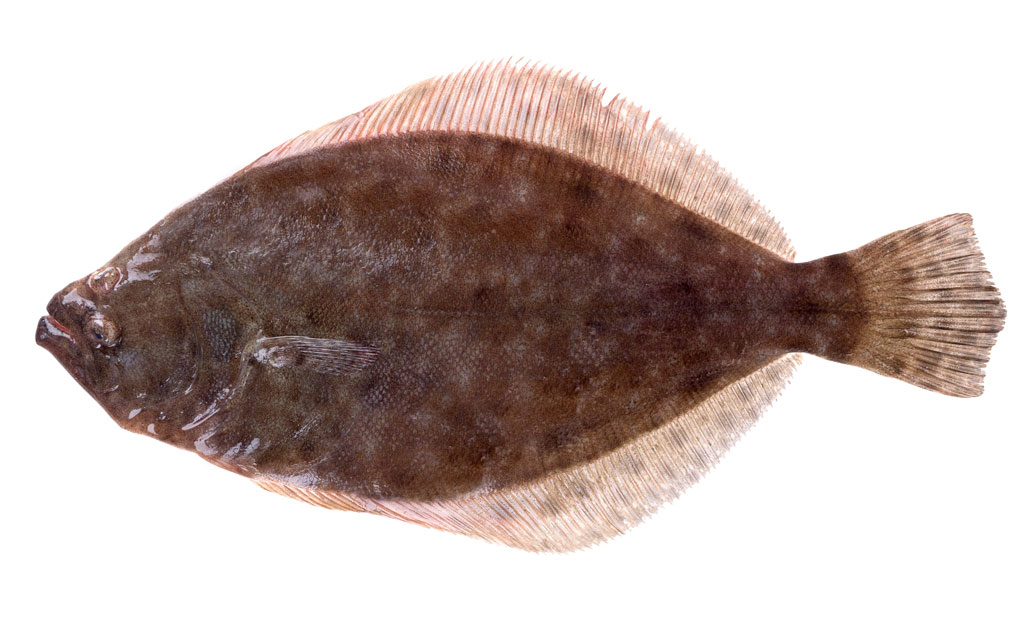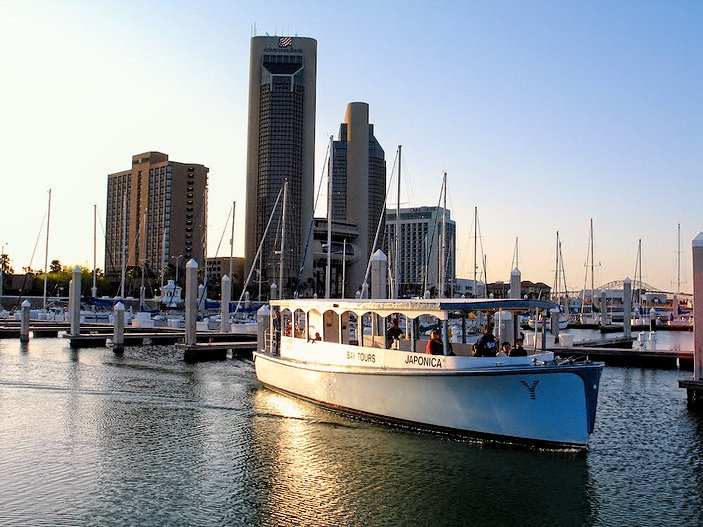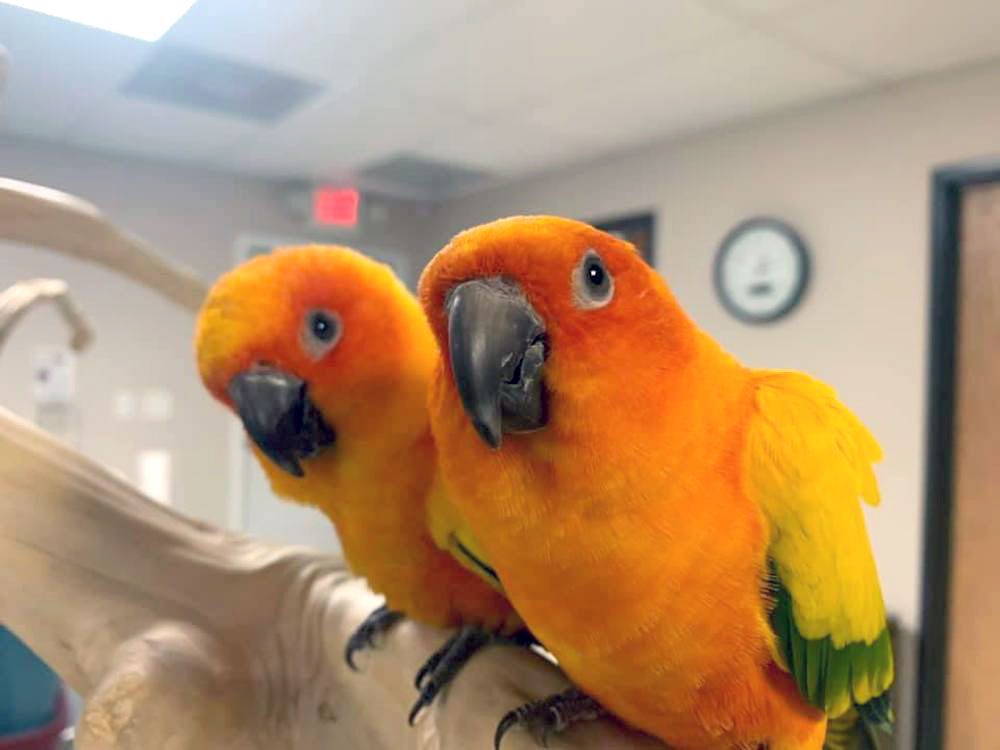
Over a period of several weeks, workers loaded 14,000-pound concrete barriers onto barges by crane to rebuild oyster reefs in Aransas Bay in a project initiated by the Harte Research Institute at Texas A&M University-Corpus Christi. Courtesy photo
Oyster shells, construction materials used for reefs at Goose Island State Park
A reef restoration project in Aransas Bay is creating a foundation for new life. Using recycled construction materials and oyster shells, the Harte Research Institute for Gulf of Mexico Studies at Texas A&M University-Corpus Christi is rebuilding a reef in Goose Island State Park.
Close to 3 acres of the park are to be reconstructed to help rebuild the oyster population. Oysters help improve water quality, and their shells provide habitat for sea creatures and protect the Coastal Bend shoreline from erosion.
“A lot of people love to eat oysters, but they often don’t realize what an important role they play in our environment,” said Gail Sutton, HRI associate director and co-founder of the institute’s oyster recycling program Sink Your Shucks.
Oyster populations are dwindling worldwide with an estimated 90 percent of native oyster reef habitats lost. Harvesting and dredging of oyster reefs has led to the shortage. When oysters are consumed, the shell typically ends up in a landfill, leaving no hard substrates to which young oysters can attach and build a new reef. Sink Your Shucks reverses that trend.
“(Oyster reefs are) the water treatment plants of the bays. One oyster can filter up to 50 gallons of water a day,” Sutton said. “They’re also a happening place to be underwater, providing habitat and nurseries for species like fish and crabs. When a reef dies or is removed, the water quality goes down and the fish leave. It’s an indicator of environmental degradation."
Oyster reef restoration has become a progressively popular environmental mitigation method in coastal communities worldwide. The Harte Research Institute has been at the forefront of oyster recycling and reef restoration. Through its revolutionary oyster recycling program, the institute has spent the past 12 years collecting more than 2 million pounds of oyster shells from local restaurants and wholesalers and placing them back into the environment to create new reef habitat.
Dr. Jennifer Pollack leads the HRI’s Coastal Conservation and Restoration Lab and also co-founded the oyster recycling program. The program has built 25 total acres of oyster reef, protecting vulnerable shorelines and seagrasses in Aransas, Copano, and St. Charles bays. Researchers have seen the success of these projects locally. A 2,000-linear-foot reef installed in Goose Island State Park by the HRI and partners immediately before Hurricane Harvey survived the storm and had new growth in the months afterward.
With the pandemic and the February freeze in Texas, the cost of construction materials has gone up. A generous HRI partner, the Ed Rachal Foundation, recently donated nearly 3 million pounds of concrete along with the labor to mobilize the materials for reef reconstruction. Other partners are Palacios Marine Agricultural Research Inc., Derrick Construction Co., the U.S. Environmental Protection Agency, and the Center for Coastal Studies at TAMU-Corpus Christi.
The reef will be monitored by HRI scientists and students after placement to study its performance over time, including water quality, growth, and diversity of life of the reef.
“Our program is small, but we’re vertically integrated and we’re closing the loop,” Pollack said. “The people eat the oysters, we take the shell, we allow it to sun-bleach, we put it back in the water at the right times and in the right places, and we start all over again. And, we’re making sure with our research that these reefs are a success for the next generation.”





